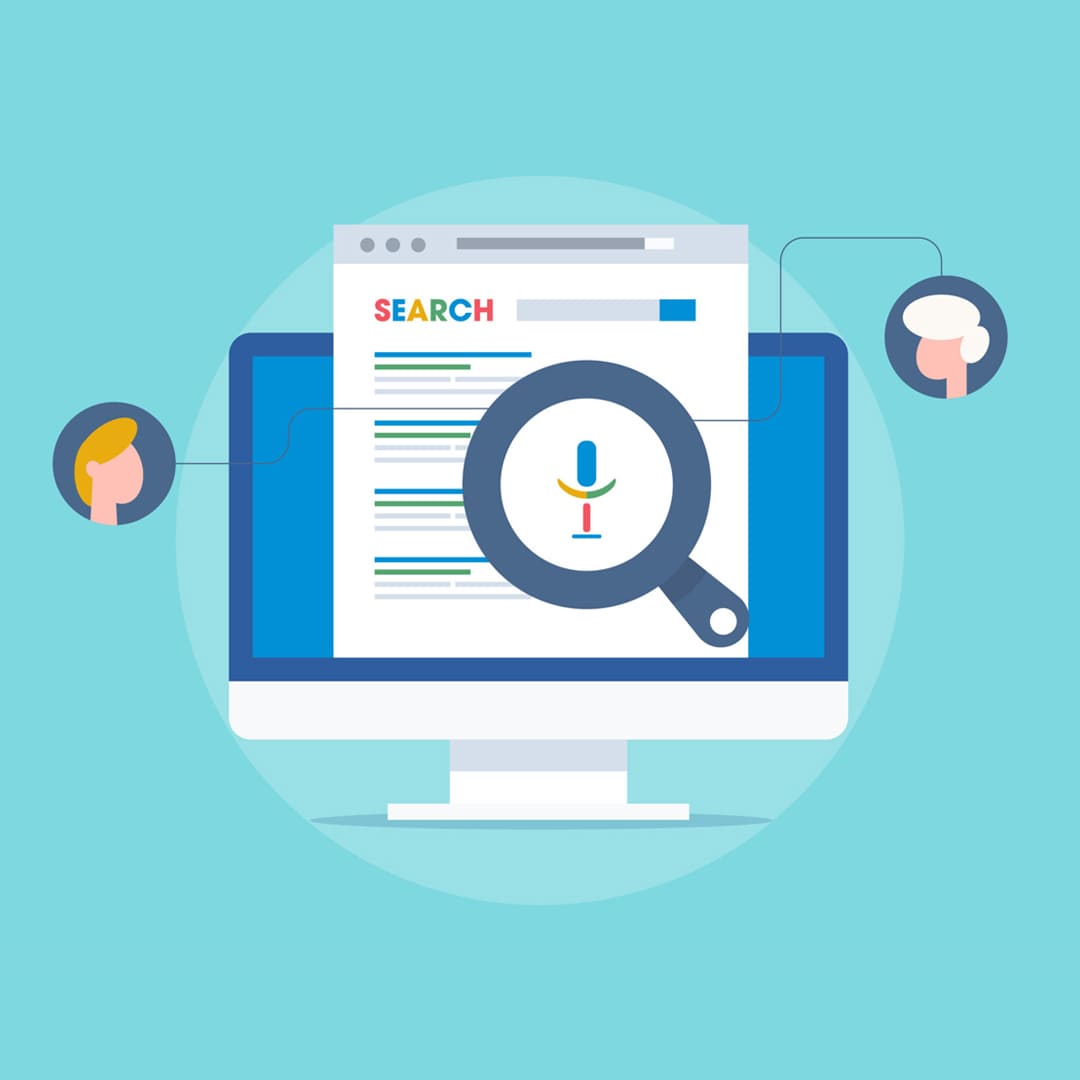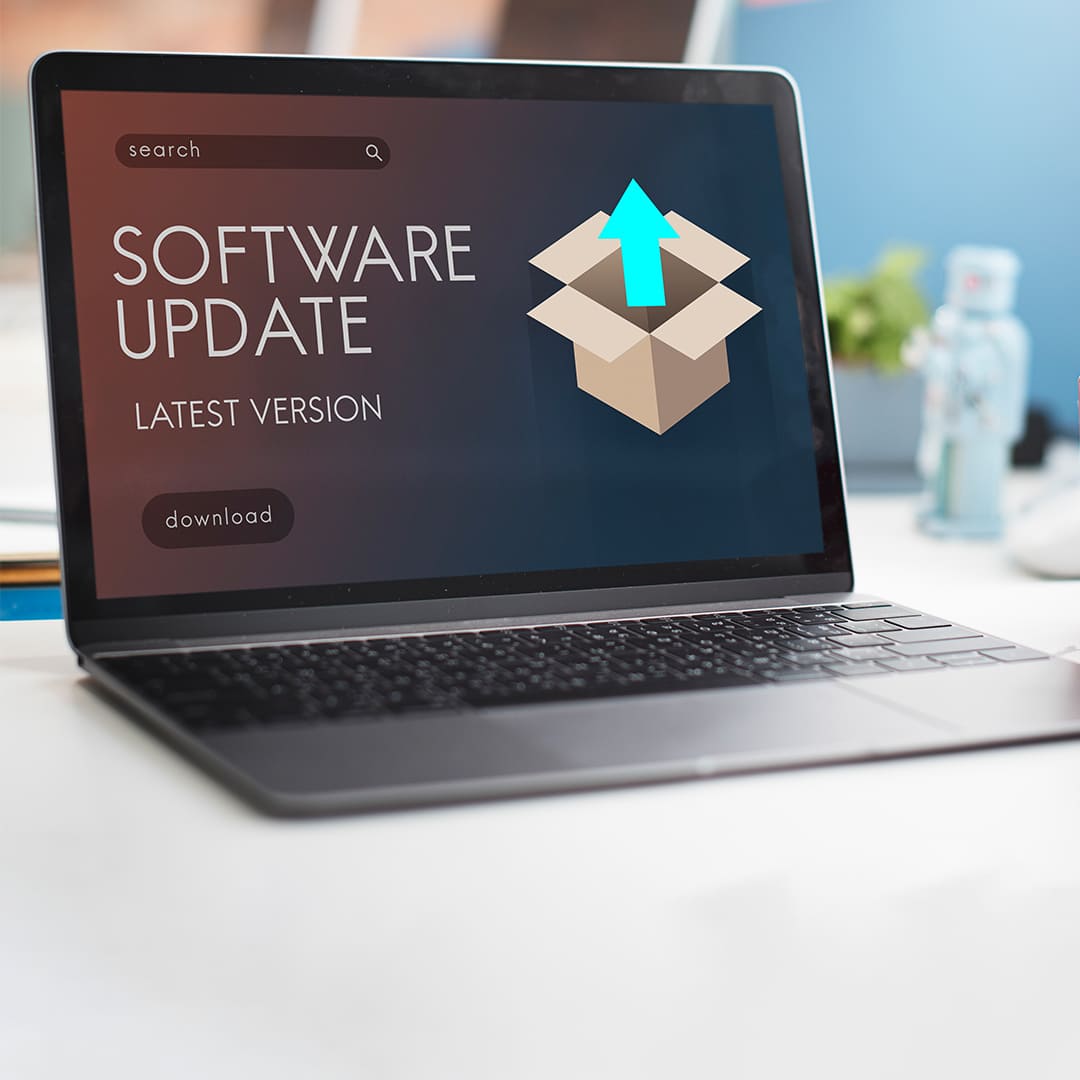Tools and Language Libraries for Developers for Efficient Programming

Programming languages, which are the backbone of the IT sector, enable programmers to come up with a broad spectrum of systems and applications. However, the tools and materials that programmers are entitled to often improve a programming language's usefulness. The features offered by these language libraries and tools are fundamental; they make development chores easier and improve the capabilities of programming languages like Python and JavaScript. These tools and libraries are essential for streamlining difficult procedures, increasing productivity, and eventually empowering programmers to build strong apps with a wealth of features. In this essay, we will go into the realm of language libraries and tools, concentrating on Python and JavaScript, and investigate their significance, well-liked configurations, applications, and best practices for project integration. We will also examine and clarify the value of language tools and libraries. We will also cover important Python and JavaScript libraries, offer usage guides, and talk about the best ways to incorporate them into projects.
The environment of contemporary software development has been significantly shaped by language libraries and tools. These essential tools enable programmers to produce effective, reliable, and feature-rich apps at a time when technical progress is occurring at an exponential rate. This dynamic ecosystem enables developers to fully utilize programming languages by providing anything from thorough libraries that offer pre-written code for typical tasks to cutting-edge tools that speed up the development process. This article will examine language libraries and tools, looking at their importance, diversity, and effects on the always-changing field of software engineering.
Exploring and explaining the essential language tools and libraries
The modern software development ecosystem cannot function without language libraries and tools. They provide a wide range of advantages that enable developers to improve the efficacy and efficiency of their jobs. The importance of language tools and libraries is highlighted by the following points:
Efficiency: Libraries and tools frequently contain complicated functionalities, saving developers' time and effort. Programmers might use pre-existing solutions to speed up their projects rather than inventing the wheel from scratch.
Reliability: Community testing makes well-known libraries dependable and less likely to have bugs or coding problems.
Scalability: Tools and libraries can make it easier for applications to expand. They frequently have built-in capabilities for resource management, performing multiple tasks at once, and performance optimization.
Cross-Platform Compatibility: Many libraries are created to function flawlessly across many environments and platforms, making sure that programs can execute consistently on diverse platforms.
Community Support: Libraries encourage a sense of community among programmers, who frequently contribute to their advancement, offer documentation, and provide support via forums and communities.
Reduced Complexity: Many programming tasks can be challenging and error-prone. Libraries offer streamlined interfaces by abstracting complex features away. Coding is easier to handle and has a lower chance of having problems or errors because of this reduction in complexity.
Security: To address security vulnerabilities, well-known libraries and tools are routinely updated. The risk of security breaches can be decreased by using dependable resources, which can benefit from continual security developments.
Standardization: Coding best practices and conventions are frequently followed by libraries, which helps to standardize the code. By improving readability and maintainability, this standardization makes it simpler for engineers to collaborate on projects.
Learning and education: Tools and libraries are used as educational resources. A well-documented library may teach developers about design patterns, best practices, and programming methodologies. This fosters the development of a new generation of talented developers.
Rapid prototyping: Resources like libraries and tools make it possible to quickly test concepts. Before spending a lot of money on large-scale development, developers can quickly create proof-of-concept software or prototypes to test ideas.
In conclusion, language tools and libraries form the basis of contemporary software development. They give developers more power by offering a multitude of resources that improve the functionality of programming languages. These tools are significant because they can speed up development, enhance code quality, promote teamwork, and stimulate innovation, all of which help advance technology and the software sector as a whole.
Explaining libraries and tools for different programming languages:
Python tools and libraries
Python, which is recognized for being simple and easy to comprehend, has a thriving library ecosystem that supports developers in a variety of disciplines. Here, we'll talk about a few of the crucial libraries and programs that have been crucial to Python's success and extensive use.
NumPy and SciPy are two essential Python libraries for scientific computation. Along with a huge selection of mathematical functions, NumPy supports multidimensional arrays and matrices. SciPy improves on NumPy by including cutting-edge capabilities like optimization, integration, interpolation, and more. Tasks in data science, machine learning, and numerical simulations need the use of these libraries.
Pandas: A data manipulation library called Pandas makes working with structured data easier. It provides data structures like Data Frames and Series, making it simple to analyze, purify, and manipulate data. In terms of data analysis and preparation, Pandas is essential for applications that are driven by data.
Matplotlib and Seaborn: Data visualization is crucial for effectively communicating insights from data. Developers can generate a variety of static, animated, and interactive visualizations using the flexible charting package Matplotlib. An enhanced interface for designing aesthetically beautiful statistical plots is offered by Sea Born, which is developed on top of Matplotlib. These packages help data analysts and scientists produce visually appealing visualizations.
TensorFlow and PyTorch: Python provides two powerful libraries to assist deep learning, which has transformed the area of artificial intelligence. While Facebook-supported PyTorch is praised for its dynamic computing graph and user-friendliness, Google's TensorFlow is well-recognized for its scalability and deployment capabilities. Due to the enormous ecosystems and communities that exist in both libraries, they are excellent choices for creating machine-learning models.
Tools and Libraries for JavaScript
The web-based programming language JavaScript has undergone substantial development over time. Web development has become a dynamic and interactive process thanks to its tools and libraries. Let's investigate some essential JavaScript tools and libraries.
React: Facebook's React framework has completely changed how front-end programming is done. It is a JavaScript library that focuses on a component-based architecture for creating user interfaces. In order to create responsive and effective web applications, React's virtual DOM and one-way data flow make difficult UI development simpler.
Node.js: A server-side JavaScript runtime called Node.js enables programmers to create scalable and effective network applications. It is appropriate for developing real-time applications since it uses an event-driven, non-blocking I/O strategy. Through NPM (Node Package Manager), Node.js has access to a vast ecosystem of packages.
Express.js: A simple and adaptable Node.js web application framework is called Express.js. It makes the process of creating dependable and expandable web APIs and server applications simpler. Express.js is a well-liked option for creating RESTful APIs because of its middleware support and routing capabilities.
Angular is a complete frontend framework for creating dynamic web apps that was created by Google. It offers capabilities like dependency injection, two-way data binding, and a potent CLI (command line interface) for writing code and managing projects. Large-scale applications are a particular strength of Angular.
Vue.js; Progressive JavaScript framework Vue.js is becoming more and more well-known for its ease of use and adaptability. It enables programmers to gradually incorporate its functionality into current projects. An excellent option for creating interactive web interfaces is Vue, which has a reactivity system and a component-based architecture.
Reviews and instructions for libraries
Staying current with the latest libraries and software tools is crucial in the ever-evolving realm of software development. For developers seeking guidance on selecting the most suitable tools for their projects and acquiring effective usage skills, reviews and tutorials prove to be valuable resources. Reviews shed light on the advantages, disadvantages, and practical effectiveness of libraries and tools. In order to help people make wise judgments, developers frequently share their insights and experiences. On the other hand, tutorials provide detailed instructions on how to use specific libraries and tools. Developers can get started more easily because they walk through typical use cases and best practices. Reviews and guides for key Python and JavaScript packages and tools With their strong array handling capabilities and sophisticated mathematical functions, NumPy and SciPy are essential for scientific computing in Python.
Explore SciPy tutorials for specialized applications after diving into NumPy with tutorials on array manipulation and mathematical operations. Learn the fundamentals of Pandas, the industry-standard data manipulation library, and get started with thorough data wrangling after mastering the foundations. Start with simple plotting in Matplotlib, then go on to Seaborn's sophisticated statistical visualizations to improve Python's data visualization capabilities. Dynamic web interfaces are made possible by React, a frontend behemoth written in JavaScript. Start with component-based programming, then move on to state management and API integration. Node.js, a server-side JavaScript runtime, excels at developing scalable backends, learning asynchronous programming, and investigating the creation and deployment of RESTful APIs. For developers looking to utilize the capabilities of these libraries and tools in their projects, these resources are priceless.
Best Practices and Use Cases
Use cases must be carefully considered, and best practices must be followed when integrating libraries and tools into projects. Let's examine some typical usage scenarios and recommended practices for integrating libraries and tools into Python and JavaScript projects.
Python libraries and tools' use cases include:
a. Data Analysis: Tools like Pandas, NumPy, and Matplotlib are crucial when working on projects involving data analysis. The use of Jupyter notebooks for interactive analysis and the division of data processing into modular functions are examples of best practices.
b. Web programming: For Python web programming, Django and Flask are great options. The conventions of the framework should be followed; ORM should be used for database operations; and applications should be secured using authentication and permission.
c. Machine learning: TensorFlow and PyTorch are appropriate for machine learning projects. The best approaches involve data pretreatment, appropriate validation techniques, and hyperparameter adjustment to enhance model performance.
Libraries and tools for JavaScript's use cases include:
a. Frontend development: For creating interactive web interfaces, React, Angular, and Vue.js are excellent choices. Creating reusable code components, effectively managing application state, and enhancing rendering performance are examples of best practices.
b.Backend Development: Node.js and Express.js are frequently utilized for JavaScript backend development. The use of middleware for request processing and the use of RESTful API design principles are best practices for handling asynchronous operations.
c. Full-Stack Development: When React or Angular are combined with Node.js, full-stack JavaScript development is feasible. Best practices include separating the program's front and backend parts, using API endpoints as a communication route, and maintaining data consistency.
Programming languages depend on a huge ecosystem of libraries and tools to expand their capabilities in the modern software development environment. It takes technical expertise, adherence to best practices, and a collaborative mentality to effectively use language libraries and tools. Utilizing these resources effectively enables developers to create software that is more effective, dependable, and scalable, eventually fostering innovation and advancement in the programming industry. The value of language libraries and tools in enabling developers cannot be overemphasized as the landscape of software development continues to change.
Modern Software development relies heavily on language libraries and tools, which give programmers the ability to solve complicated problems quickly and create feature-rich programs. While Django and Flask streamline web development, Python packages like NumPy, Pandas, and TensorFlow cater to data research. React, Node.js, and Express.js revolutionize frontend and backend programming in JavaScript. The best ways to stay informed are through reviews and tutorials, and use cases and best practices guarantee that libraries and tools are properly integrated into projects. Libraries and tools will play an increasingly important role in determining the future of programming as technology develops. Software development will continue to advance thanks to innovators who make the most of these resources and adapt to changing best practices.
Recent Stories
500k Customer Have
Build a stunning site today.
We help our clients succeed by creating brand identities.
Get a Quote





















































































































